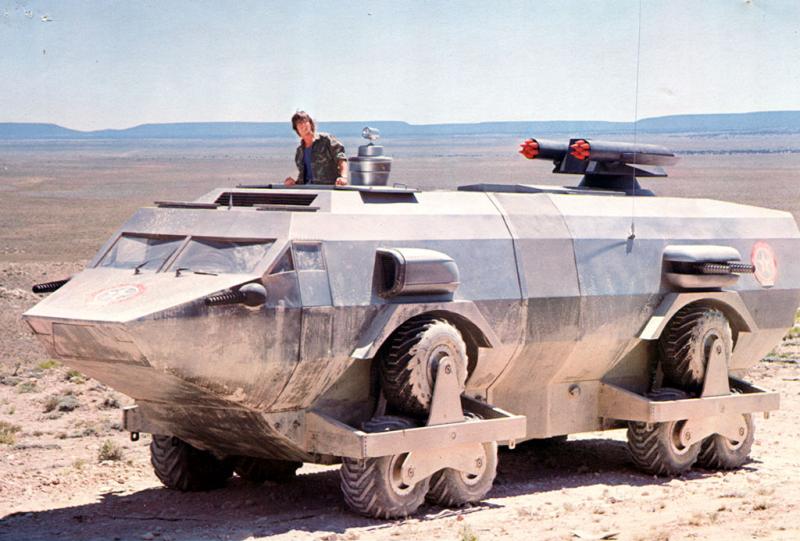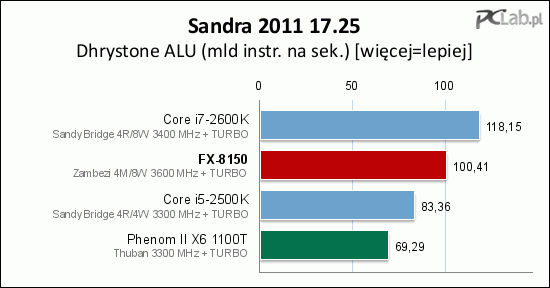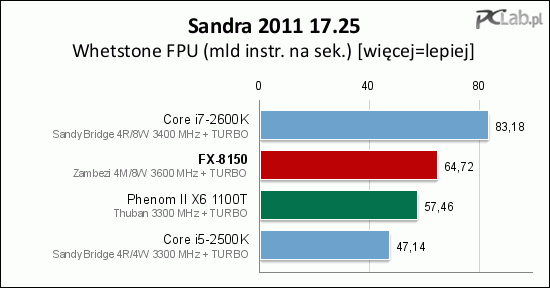bigdogchris
Fully [H]
- Joined
- Feb 19, 2008
- Messages
- 18,707
https://www.techpowerup.com/251758/bulldozer-core-count-debate-comes-back-to-haunt-amd
I have not owned an FX series chip, but I did not realize that the conclusion was to make it at 4c8t chip in Windows to fix the issues with it.
AMD's defense is that people knew what it was when they bought it. I recall that AMD was advertising it as an 8 core chip, not 4 core with SMT.
Also going back to look, the reviews it was being described as an 8C8T chip. If [H] didn't know the difference based on what AMD was saying, how would a normal consumer?
https://www.hardocp.com/article/2011/10/11/amd_bulldozer_fx8150_desktop_performance_review/3
I have not owned an FX series chip, but I did not realize that the conclusion was to make it at 4c8t chip in Windows to fix the issues with it.
AMD's defense is that people knew what it was when they bought it. I recall that AMD was advertising it as an 8 core chip, not 4 core with SMT.
Also going back to look, the reviews it was being described as an 8C8T chip. If [H] didn't know the difference based on what AMD was saying, how would a normal consumer?
https://www.hardocp.com/article/2011/10/11/amd_bulldozer_fx8150_desktop_performance_review/3
Last edited:
![[H]ard|Forum](/styles/hardforum/xenforo/logo_dark.png)




